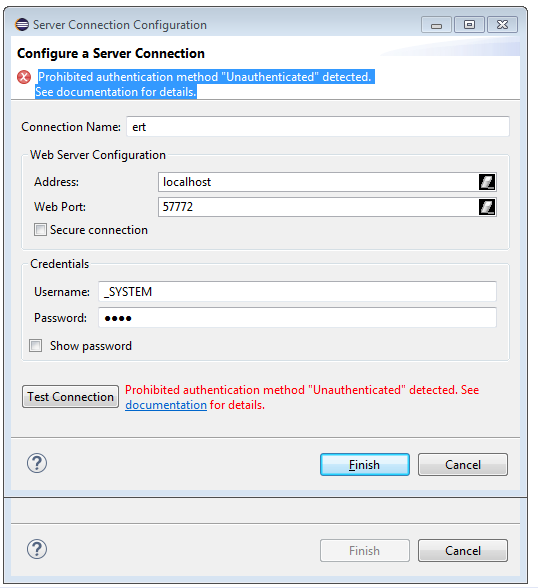I'm receiving HL7 message containing the escape sequence \X00D\ indicating a carriage return. In the HL7 documentation I find that this is a valid escape sequence but when I read the intersystems documentation it states that only \X0D\ is valid.
What is the best way to work around this? I think that intersystems should change the UnescapeEx method in the EnsLib.HL7.Segment so that it complies with the standards.

 This error appears:
This error appears:
